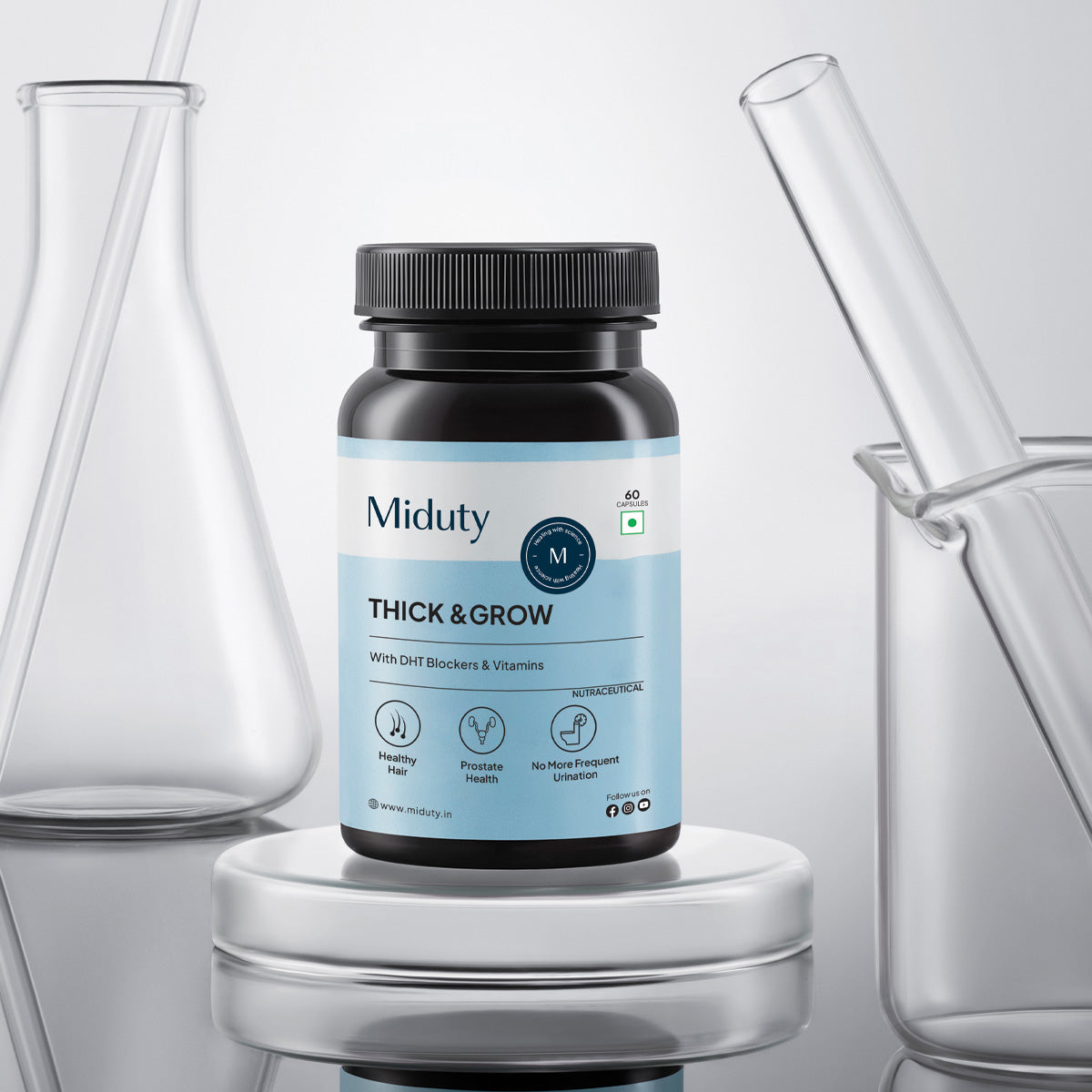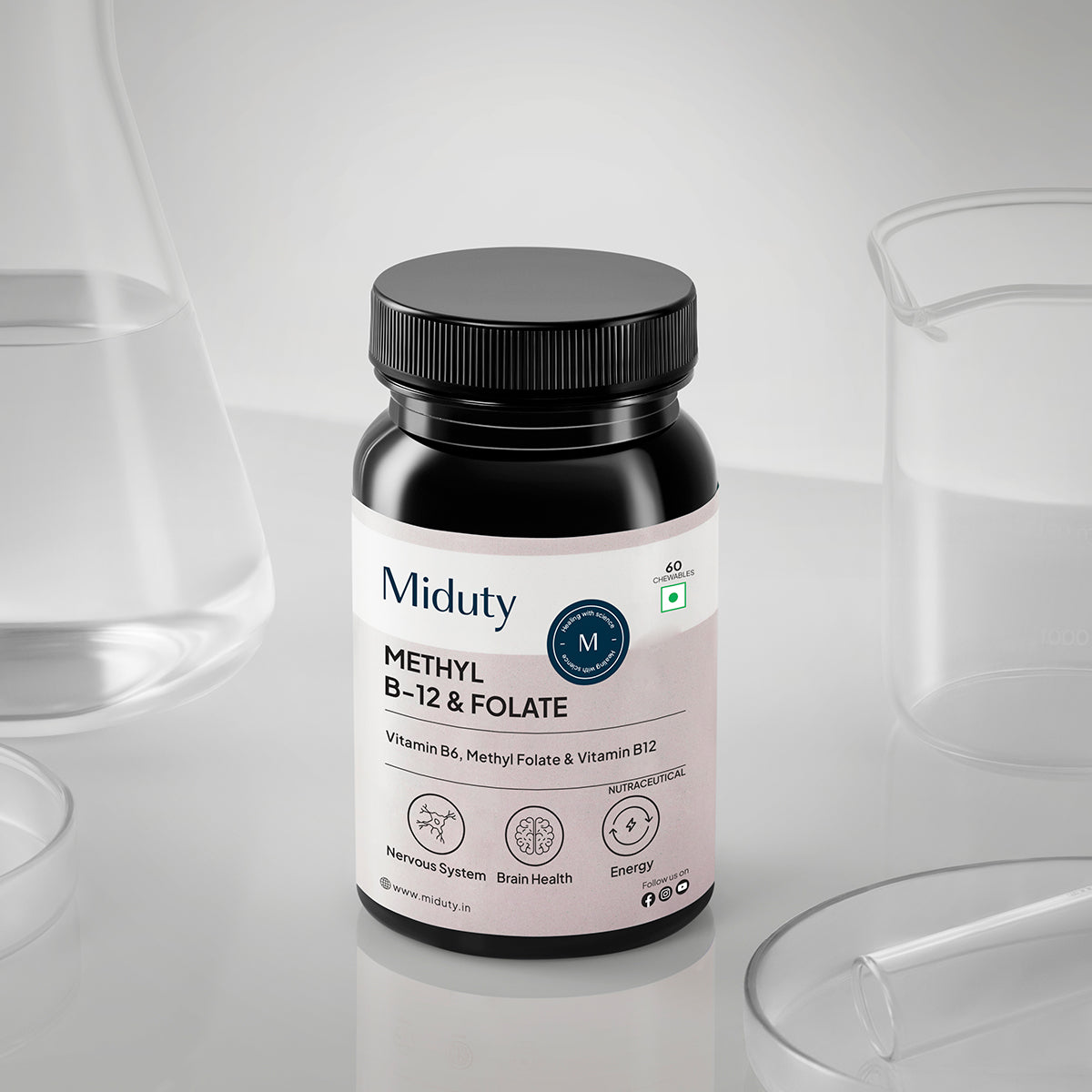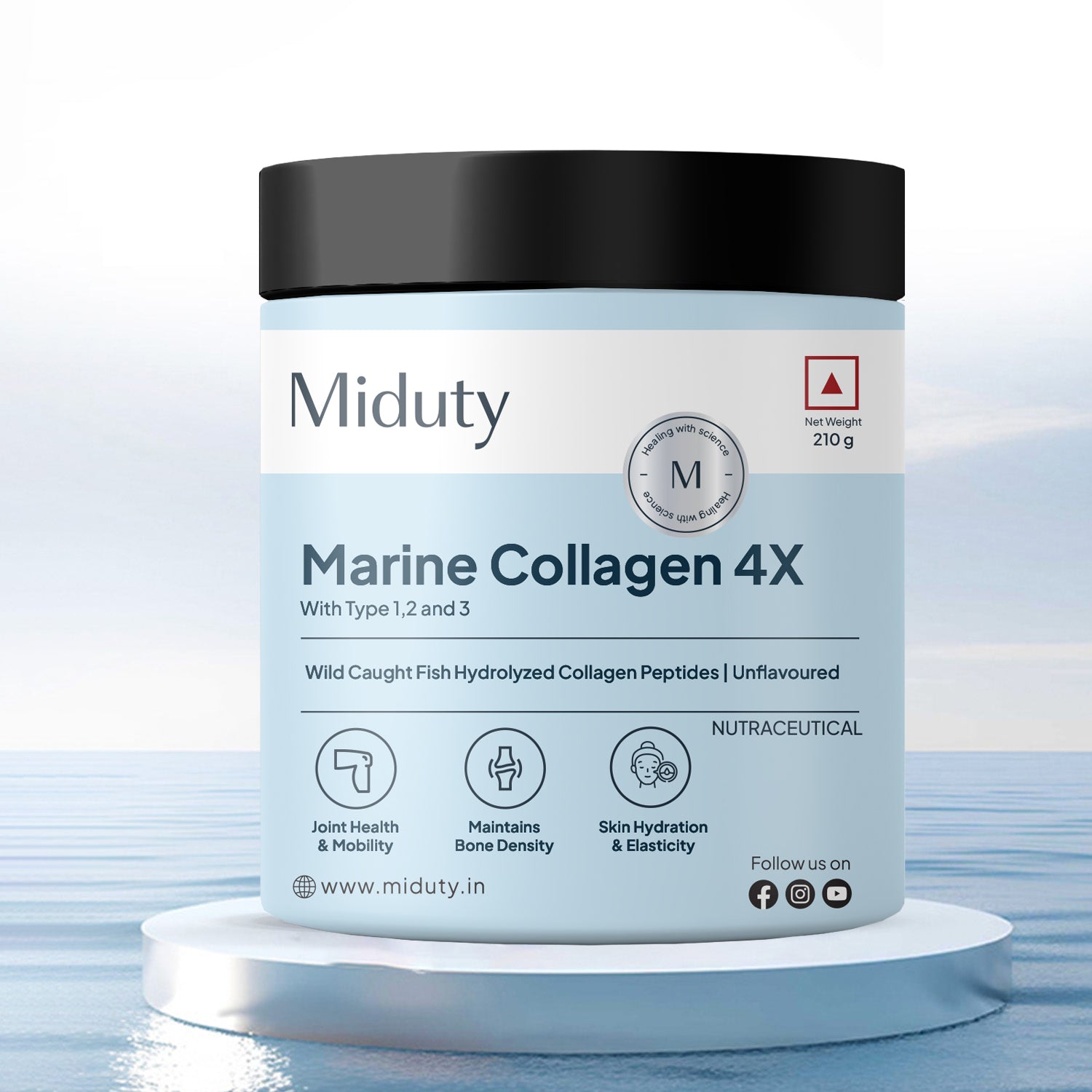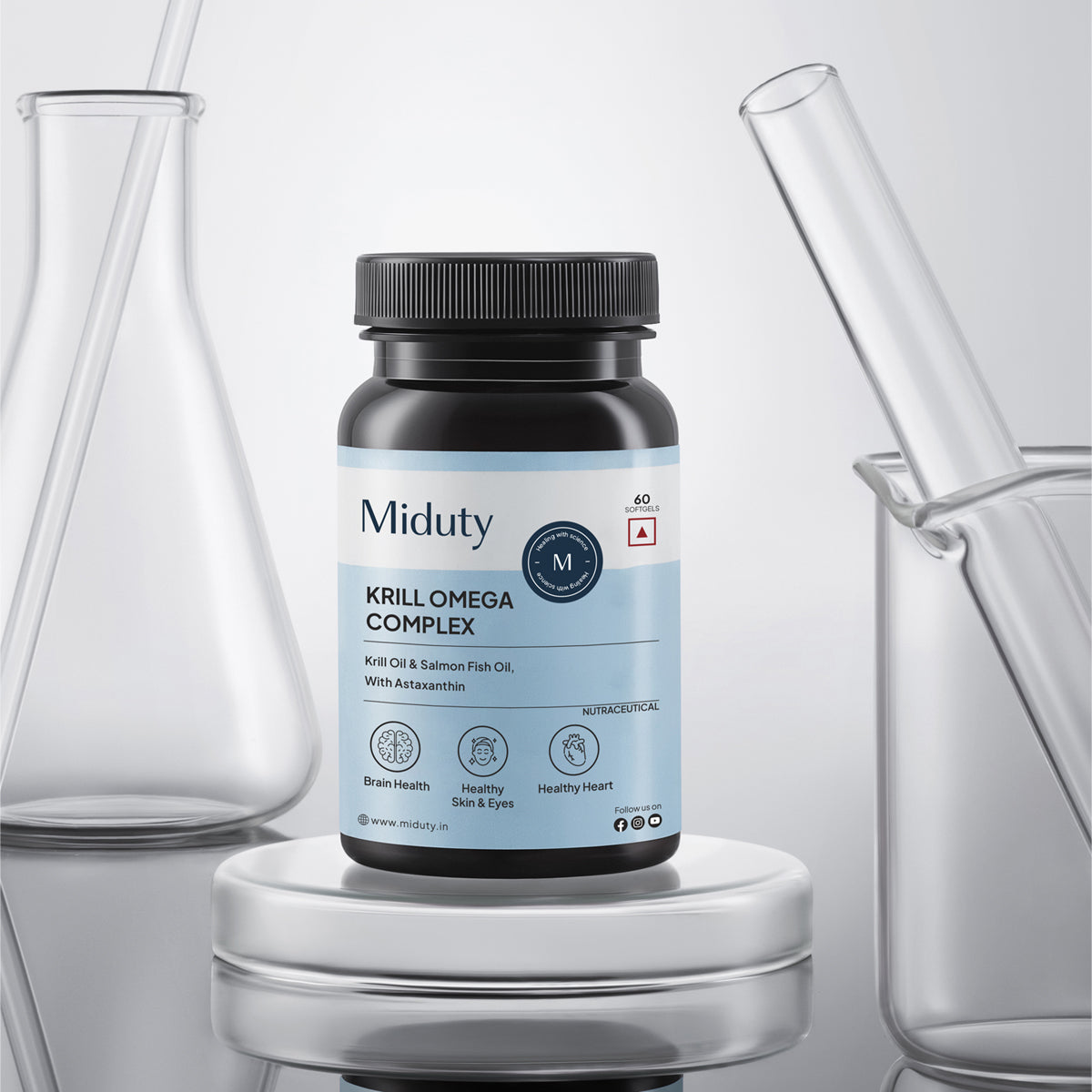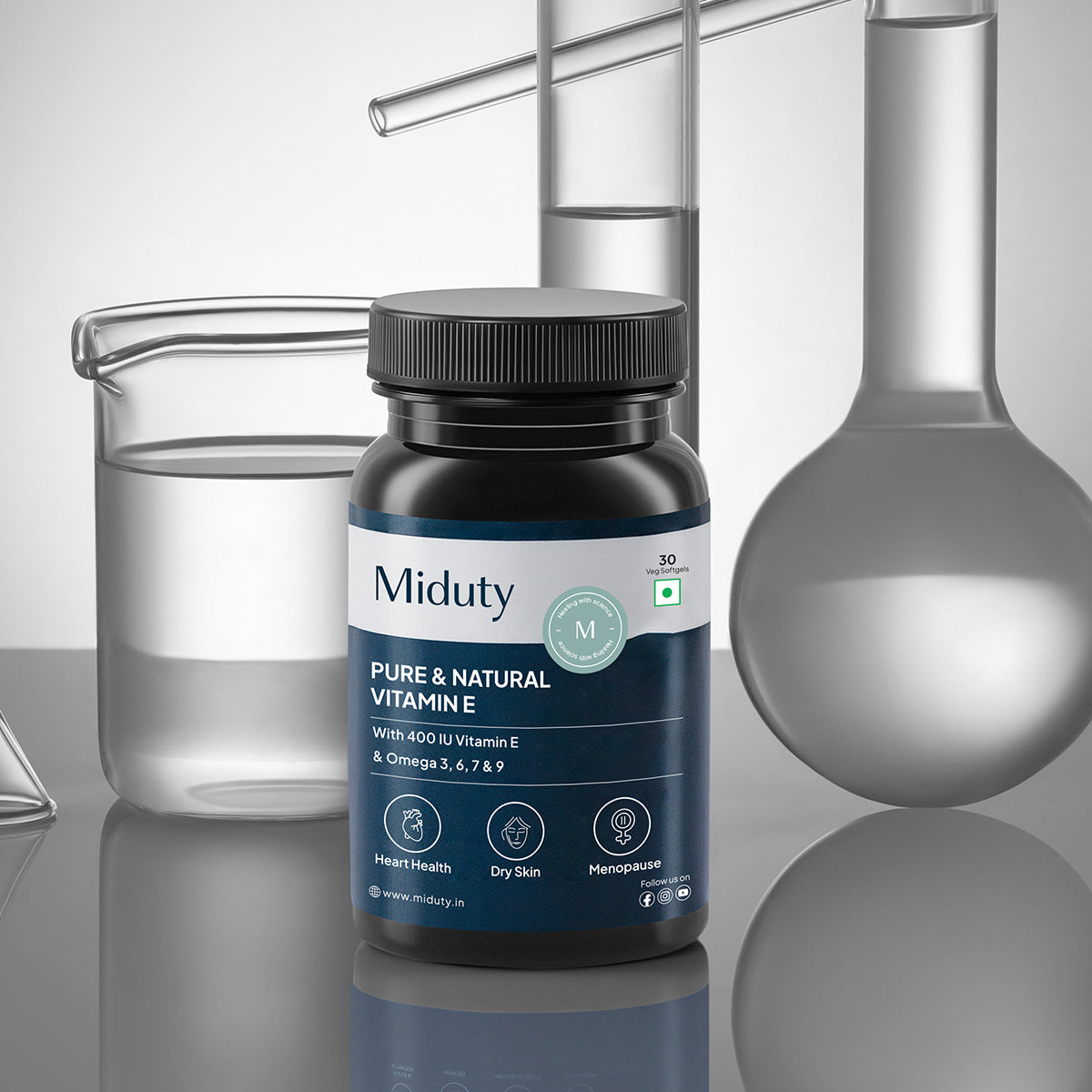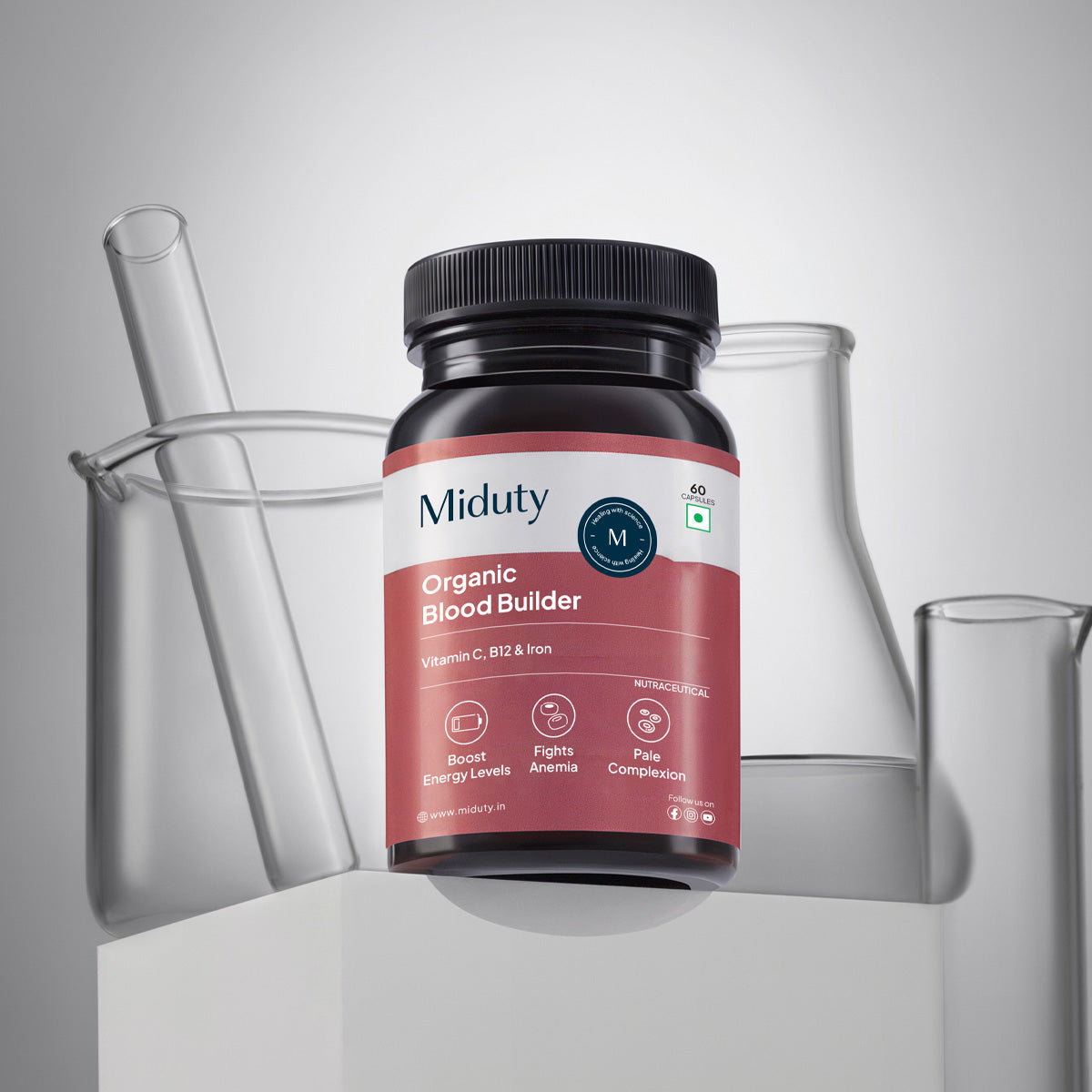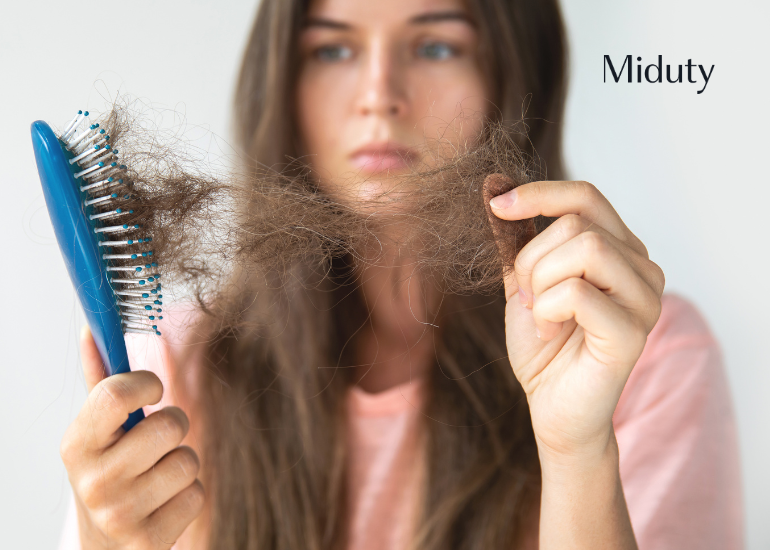
How To Stop Minoxidil Without Losing Hair
Did you know a study found that 86.3% of patients discontinued treatment, with common reasons including side effects like scalp irritation and perceived lack of efficacy. The study emphasized that discontinuation often results in the reversal of hair growth benefits achieved during treatment.
Key Takeaways
1. Minoxidil is like the gym; stop going, and you lose the gains. Consistency is key. Quit cold turkey, and your hair might go back to square one.
2. Support your scalp with DHT blockers like Saw Palmetto & Beta-Sitosterol. These natural supplements help prevent hair follicle shrinkage and shedding.
3. Taper off slowly; don't ghost your follicles. Gradually reduce application over months to avoid shock shedding.
4. Switch to gentle topicals like Rosemary Oil or Redensyl. Natural serums can help maintain growth without harsh side effects.
5. Fix the root cause; don't just treat the symptoms. Address nutrient deficiencies, hormones, stress, or scalp issues for long-term results.
You might have heard someone say, "I stopped using Minoxidil, and all my hair fell out!" Sounds familiar? You're definitely not alone.
This is one of the most common experiences shared across hair loss forums and Reddit threads. Many people start using Minoxidil (often known by the brand name Rogaine) with the hope of regaining lost hair. And while it does deliver results for many, the fear of becoming dependent on it is very real.
But here's the question: Can you stop using Minoxidil without losing all the hair it helped you grow? The answer is yes, but only if you do it the right way. Let's break it down.
Fact About Minoxidil: It Wasn't Made for Hair Loss
Minoxidil was originally developed as an oral medication to treat high blood pressure. During clinical trials, doctors noticed an unusual side effect of excessive hair growth. This led to the creation of the topical version of Minoxidil, which became an FDA-approved treatment for androgenetic alopecia (pattern baldness).
So while Minoxidil is effective at reviving dormant hair follicles and increasing blood flow to the scalp, its effect is not permanent.
What Happens When You Stop Using Minoxidil?
Minoxidil works by prolonging the anagen (growth) phase of hair follicles and stimulating new hair growth. But here's the catch: once you stop using it, the follicles gradually revert to their original state, especially if the root cause of hair loss hasn't been addressed.
Here's what typically happens:
1. Within 1–3 months of stopping, many users begin to notice shedding.
2. By 6 months, the regrown hair often returns to pre-treatment levels.
3. In some cases, people experience even more hair loss than before, as the shock causes a temporary shedding phase called telogen effluvium.
You can minimize or even prevent this loss by understanding your hair, the role of Minoxidil, and how to phase out responsibly.
How to Stop Minoxidil Without Losing Hair?
Step 1: Identify Why You Want to Stop
Before we get into the how, let's talk about the why. People consider quitting Minoxidil for various reasons:
- Scalp irritation or dryness
- Unwanted facial hair
- Lifestyle inconvenience (twice-daily application can be a hassle)
- Dependency concerns
- Trying to switch to more natural or long-term solutions
Knowing your reason helps you pick the best strategy to transition off.
Step 2: Reduce Gradually, Don’t Stop Suddenly
This is the golden rule. Abruptly stopping Minoxidil is like pulling support beams from a half-built structure. The best way to transition off without triggering hair loss is to taper gradually over 3–6 months. Here's a sample tapering schedule:
- Month 1–2: Use once daily instead of twice
- Month 3–4: Use every alternate day
- Month 5–6: Reduce to twice a week, then once a week
- Post Month 6: Discontinue fully
This gives your follicles time to adjust and helps reduce the "shock" shedding.
Step 3: Strengthen Your Hair from Within
As you taper off Minoxidil, your body needs alternative support to keep hair growth going. This is where internal support becomes critical. Focus on these:
- Biotin and B-Complex Vitamins – Crucial for keratin production and follicle health
- Zinc, Iron, and Selenium – Trace minerals that prevent shedding
- DHT Blockers – If you have male or female pattern baldness, a hair growth supplement containing Saw Palmetto, Beta-Sitosterol, or Pumpkin Seed Oil can reduce hair follicle miniaturization
- Collagen and Protein Intake – Hair is made of keratin, which is a protein. A protein-deficient diet leads to breakage and thinning
- Omega-3 Fatty Acids – Reduce inflammation and nourish follicles
Make sure your diet or supplementation routine covers these nutrients.
Step 4: Switch to a Natural Topical Regimen
You don't have to give up on topical support altogether just switch to something gentler, long-term, and sustainable. Effective alternatives include:
- Rosemary Oil: Shown in studies to perform as well as Minoxidil in stimulating growth
- Redensyl or Capixyl Serums: Plant-based actives that promote hair density and reduce follicle inflammation
- Caffeine-based Scalp Serums: Improve blood flow, much like Minoxidil
Using these topicals can help maintain or even improve hair health while your body adjusts off Minoxidil.
Step 5: Adopt Gentle Hair Practices
Even the best hair regimen can't outmatch poor hair care habits. While going off Minoxidil, give your hair all the external care it deserves:
- Avoid excessive heat styling or tight hairstyles
- Use sulfate-free, pH-balanced shampoos
- Add a weekly scalp massage with oils like rosemary, bhringraj, or black seed
- Use silk pillowcases to reduce friction
- Trim regularly to avoid split ends and breakage
Let's be honest: some amount of shedding is possible even with the best tapering plan. But here's the key: the goal is retaining what you can, while building a longer-term, healthier foundation for growth.
If you're consistent with your internal supplementation, natural topicals, and scalp care, you can preserve much of the progress you've made with Minoxidil and sometimes even improve upon it.
Conclusion
Stopping Minoxidil doesn't have to be a horror story. With patience, a well-structured plan, and the right internal and external support, you can make a safe exit and still hold on to your strands.
Think of it like this: Minoxidil gives your hair a push. Now, it's your job to take the wheel with a holistic hair care routine that supports long-term growth.
Frequently Asked Questions on Minoxidil and Hair Loss -
Q1. How long can I stop minoxidil without losing hair?
You can typically stop minoxidil for a few days to a couple of weeks without noticeable shedding, but prolonged discontinuation usually leads to gradual hair loss within 2–3 months.
Q2. Does hair fall again after stopping minoxidil?
Hair loss commonly resumes or even worsens after discontinuing minoxidil. This is because minoxidil functions by extending the growth phase of hair follicles. When the treatment is stopped, the hair growth cycle may revert to its original state, which can result in increased shedding and a return to the prior pattern of hair thinning.
Q3. Can I skip minoxidil for a day?
Yes, missing a single day of minoxidil application isn't likely to significantly impact your progress, so there's no need to worry. However, frequently skipping doses can reduce the effectiveness of the treatment over time. For the best results, it's important to apply it consistently.
Q4. Is it OK to use minoxidil forever?
Yes, it's generally safe to use minoxidil long term, even for years, as long as you don't experience side effects. Consistency is key since stopping can reverse the results.
Q5. Is minoxidil hair loss permanent?
No, minoxidil hair loss is not permanent. It's usually a temporary phase that occurs when older hairs fall out to make way for new, healthier growth.
References


